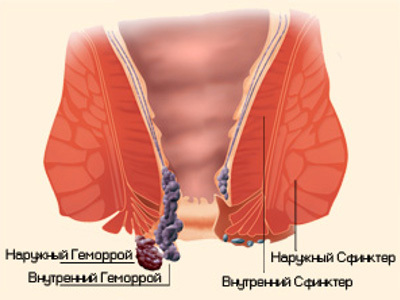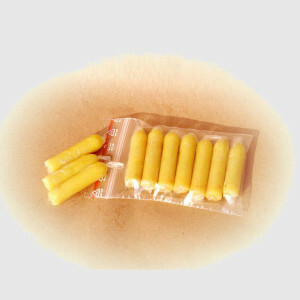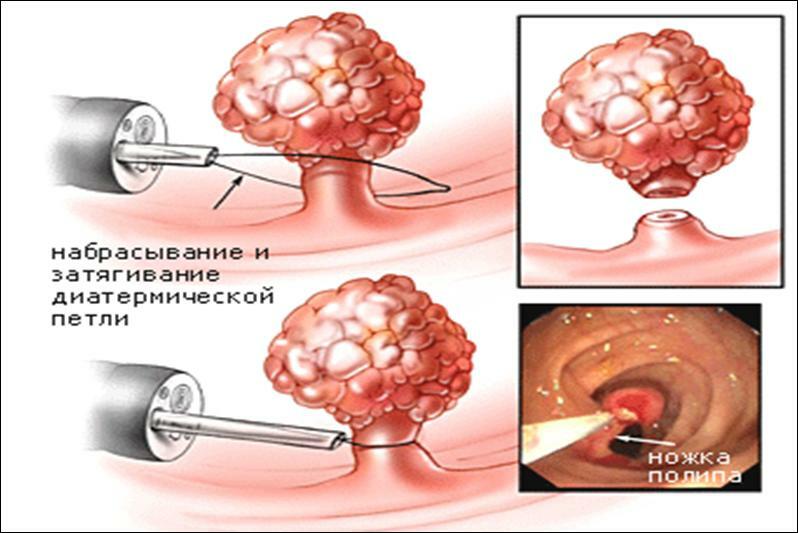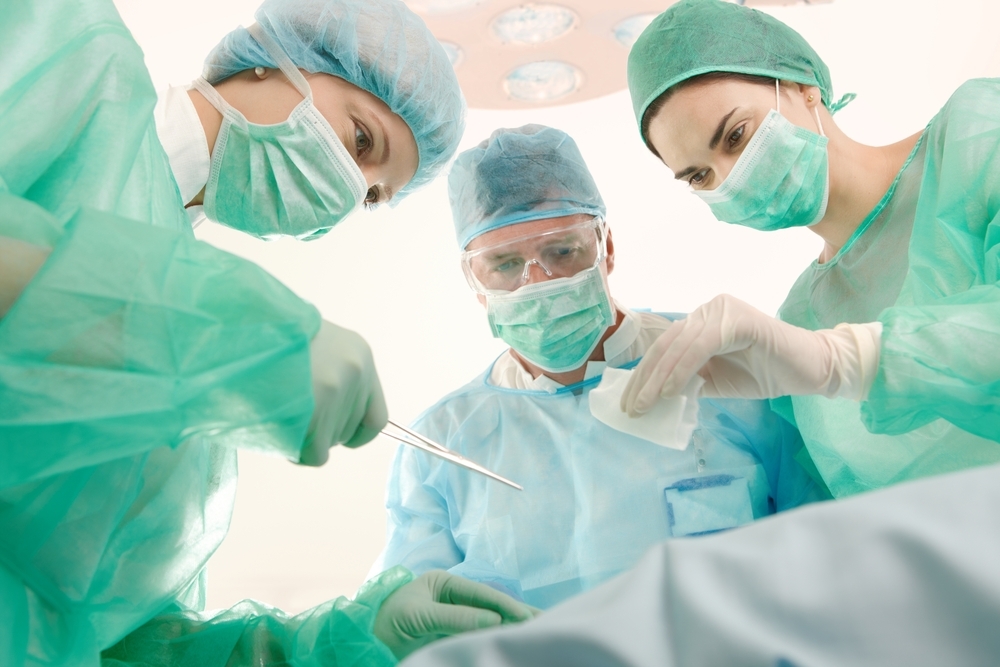Hemorrhoids: symptoms, stages, treatment at home

Hemorrhoids are classified as pathologies that are associated with varicose veins in the rectal area.The main symptom of this disease is hemorrhoids, which can fall out of the anal canal, cause pain, cause burning sensation, provoke frequent bleeding, and are susceptible to constant inflammation.In most cases, this pathology is of a chronic nature, because the patients do not pay due attention to anxious symptoms in due time and come to the doctor with already worn out complications or in the stage of exacerbation of hemorrhoids.It occurs with a frequency of 1 case per 10 people, more often - in males aged 30 to 55 years.
Table of contents: Causes of hemorrhoids Types and stages of hemorrhoids Symptoms and signs of hemorrhoids Complications of hemorrhoids Diagnosis Treatment of hemorrhoidsCauses of hemorrhoids
The causes of hemorrhoids can be a variety of factors, however, specialists play a leading role in the development of this disease genetic predisposition.It is proved that the weakness of the connective tissue from which the vessels are woven is a pathology that can be transmitted from parents to children.And it is she who subsequently becomes the trigger mechanism of such diseases as hemorrhoids and varicose veins.Weakness of the venous wall leads to disruption of the blood circulation in the region of the anus.The vascular plexuses, located under the rectal mucosa, increase, swell, pressure increases in them, the wall of the veins begins to thin, forming protrusions and cracks.
can serve as the causes of hemorrhoids:
- elevated level of pressure in the abdominal cavity;
- lack of exercise or sedentary lifestyle;
- liver pathology;
- excessive load on the legs in the form of a long standing;
- alcoholism;
- heavy physical labor;
- inflammation in the small pelvis;
- neoplasms in the pelvic area;
- pregnancy;
- frequent consumption of spicy foods;
- delivery;
- overeating;
- taking certain medications( steroids, contraceptives);
- problems with neural regulation of the vascular tone, which provokes a lack of narrowing pulses;
- obesity( especially in the upper body area);
- chronic constipation;
- power sports;
- portal hypertension.
Types and stages of hemorrhoids
According to the generally accepted classification, this pathology can have the following forms:
- External hemorrhoids.At it there are external sites in which thrombi( blood clots) are often formed.They interfere with normal blood flow, which causes the patient to have a feeling of pain in the anus and other unpleasant symptoms.
- Internal hemorrhoids .In this case, the internal hemorrhoidal nodes increase in size.In half the cases, such a hemorrhoid is complicated by the prolapse of the nodes from the rectum.
- Hemorrhoids combined form.It has signs of both types of disease, and is found in 4 out of 10 patients.

In this case the disease passes through several stages of development:
- 1 stage of hemorrhoids. The patient begins to complain about the opening of bleeding from the rectum.Usually this happens during the act of defecation.An important difference from other stages is the absence of prolapse of hemorrhoids.
- 2nd stage of hemorrhoids. In addition to bleeding, the patient begins to worry about the prolapse of the nodes, which happens during straining when the bowel is emptied.After the defecation act, the nodes themselves are reset.
- 3rd stage. At this stage of the hemorrhoids, the nodes provoke bleeding, when they defecate they drop out, and at the same time they are not self-corrected, it must be done manually by the patient himself.In this case, fallout is also possible in other situations, when the patient has increased pressure in the abdominal cavity, for example, with coughing, lifting of gravity, sneezing, etc.
- 4th stage. This is the last stage of hemorrhoids, in which the entire anal area is involved in the pathological process.The patient is worried about frequent and massive bleeding, knots that fall out even after minor loads, while they are not amenable to correction.Often at this stage, thrombosis develops, which causes an attack of acute hemorrhoids, in which inflammation captures not only the anus, but also the subcutaneous tissue of surrounding tissues.
Symptoms and signs of hemorrhoids
Symptoms of hemorrhoids differ slightly depending on the current state of remission or exacerbation.
In the remission phase, the symptomatology subsides and ceases to bother the patient, and if the disease worsens, the signs of hemorrhoids appear again and cause constant discomfort.
The main symptoms of hemorrhoids are:
- Blood in the stool and during defecation.In the case of constipation, when fecal masses accumulate in the intestine, they strongly press on the venous walls.This causes hypoxia or oxygen starvation of tissues, local blood stasis and subsequent stretching of tissues are formed.The stretched wall is thinned, tears appear on it, which provokes bleeding.It can manifest itself both before and after defecation and have the appearance of drops of blood on toilet paper or bloody stools.Constant intensive bleeding causes iron deficiency anemia in the patient.
- Prolapse of the rectum of the hemorrhoids.The development of this symptom of hemorrhoids occurs as a result of dystrophic processes in the rectum due to a strong and prolonged straining in the process of defecation.
- Sensation in the rectum of a foreign body.By this, also patients complain of a feeling of heaviness in the groin while walking.This symptomatology is provoked by hemorrhoids, overflowing with blood.Isolation of mucus from the rectum.
- Burning sensation.It appears against the backdrop of erosive processes on the wall of the hemorrhoids.
- Infringement of the hemorrhoidal node.This process causes severe pain, sometimes - just unbearable, due to the presence of a large number of sensitive receptors in the anus.This symptom is the first sign of an attack of acute hemorrhoids.
- Pain syndrome, which manifests itself in the emptying of the intestine, sitting on a chair, walking.
- Pain on palpation of hemorrhoids.They acquire a blue or crimson color and touch very sore.
The presence of even one of the above symptoms is the reason for contacting the proctologist.In this case, one should not expect that everything will go away by itself, since hemorrhoids require adequate treatment.
Complications of hemorrhoids
Complications of hemorrhoids, like any other pathology, can be avoided if you seek medical help on time.Timely therapy allows to cure 9 out of 10 patients.
Among the complications of hemorrhoids, the following conditions are distinguished:
- bleeding;
- thrombosis of hemorrhoidal veins;
- node inflammation;
- anemia on the background of regular bleeding.
Diagnosis
Confirming the diagnosis requires a complete examination of the patient, implying:
- Interrogation of patient and collection of anamnesis.The doctor asks about disturbing symptoms and the presence of factors that could provoke hemorrhoids.The family history should also be taken into account, that is, the presence of hemorrhoids in relatives.Among the signs of the disease, the doctor draws attention to the presence of bleeding from the anus and the prescription of their appearance, complaints of prolapse of hemorrhoids, whether they are corrected or not, whether there is pain syndrome.
- Inspection.With hemorrhoids, a manual rectal palpation is performed - a rectal examination.In this case, the doctor must determine the stage of hemorrhoids and its localization.
- Instrumental research.These types of diagnosis in the case of hemorrhoids are the most informative.They enable the doctor to confirm the diagnosis, to conduct differential diagnosis with a tumor of the rectum and other diseases that have similar symptoms.
The most informative imaging methods for hemorrhoids:
- Anoscopy is a method for examining the rectum using an anoscope.The depth of the device is 8 cm, the procedure is painless, takes a maximum of 10 minutes and does not bring any discomfort to the patient.
- Colonoscopy - is a deeper study of the large intestine.During this procedure, the doctor uses a tool that looks like a flexible, thin bar for inspection.This examination allows you to assess the condition of the rectum from the inside, but requires the introduction of the patient into drug-induced sleep.
Treatment of hemorrhoids
How to treat hemorrhoids and which methods are better to use - it is decided by a doctor only after a full examination.In some cases, conservative therapy helps, and in others, surgery is needed.Treatment of hemorrhoids at home is possible, if there is no indication for hospitalization, and it is conservative.
When appointing these or other tablets and suppositories from hemorrhoids, the specialist is guided both by the main provisions of the classical schemes of therapy of the disease, and by his own experience.This takes into account the individual characteristics of each individual patient and the degree of development of the pathological process.It is not advisable to take something on your own, as with different stages of hemorrhoids, different dosage and multiplicity of drug use is necessary.
Treatment of hemorrhoids at home
Recommended to read:Usually, in the treatment scheme, doctors include medicines for both general and local effects.
General therapy for hemorrhoids is aimed at restoring the structure and normotonus of the vascular wall, improving well-being.It implies:
-
 laxatives with frequent constipation;
laxatives with frequent constipation; - phlebotonics for strengthening vessel walls;
- vitamin complexes;
- diet, which is based on the consumption of foods( vegetables) with a high content of fiber in them, compliance with the drinking regime, refusal from alcohol and spicy food.
- active lifestyle management;
- exercises physical therapy.
Local therapy may include the use of such agents:
- wound-healing;
- pain relievers( available in the form of suppositories or ointments from hemorrhoids);
- anticoagulants for the prevention of thrombosis of hemorrhoidal veins;
- Hemostatics for stopping bleeding from hemorrhoids;
- antipruritic agents;
- is an anti-inflammatory.
Operative methods for treating hemorrhoids
Modern proctology can offer several effective methods for removing hemorrhoids.All of them are divided into two types depending on the amount of intervention - minimally invasive and classical.
Minimally invasive techniques for the removal of hemorrhoids include:
- Sclerotherapy.This is the technique of introducing a special foam, prepared on the basis of sclerosant.Foamy means is injected into the hemorrhoids, which under the action of the drug fall off and stop bleeding.This technology is used in the case of hemorrhoids of all stages, except for 4 and with exacerbations.
- Laser coagulation.This method involves the introduction of a laser coagulator into the rectum, which is used to cauterize the vessels.It can be used for hemorrhoids 1, 2 and 3 stages.
- Photocoagulation.It works on the basis of infrared radiation.The procedure is carried out by the light guide, which leads into the anus.It emits intense heat radiation, which contributes to the removal of hemorrhoids.
- Desaturization of hemorrhoids.This is a technique in which blood flow is blocked over arteries that are above the hemorrhoids.The latter begin to decrease in size and then completely disappear.
- Latex ligation.With this technology, hemorrhoid removal uses special latex rings.They are injected through the anoscope into the anus and tied with a knot.This completely blocks the blood flow in it, and after 1-2 weeks the node itself is rejected with the ligature.This technique is used in later stages of hemorrhoids( 3 and 4).
Classical operations for removing hemorrhoids are more voluminous, because they require complex manipulations.
In the operative method of hemorrhoids treatment can be used:
- Resection transanal.When it is carried out, only a part of the mucosa is removed, and the hemorrhoids themselves are pulled upward.After the operation, they decrease and gradually replace the connective tissue.
- Hemorrhoidectomy.This is an operative removal of hemorrhoids, after which they also perform the plastic of the anal canal, restoring its physiological structure and functions.This technique is considered the most effective, and is used in stages 3 and 4.
A physician can combine several methods of treating hemorrhoids as needed.
More detailed information on modern minimally invasive methods of hemorrhoids treatment you will get by watching this video review:
Alexander Kazak, medical reviewer



